Che cosa sono le 4C dei diamanti?
Title:Standard universalmente riconosciuto, le 4C rappresentano la stella polare nell’universo dei diamanti e aiutano a determinare la qualità e il valore di ogni pietra. Le 4C sono l’abbreviazione di color (colore), cut (taglio), carat (peso in carati) e clarity (purezza). I diamanti creati in laboratorio delle collezioni Swarovski Created Diamonds vengono classificati in base a queste 4C dall’IGI, l’Istituto Gemmologico Internazionale. I diamanti di queste collezioni sono di qualità molto pregiata: G+ per colore e VS+ per purezza.
Parametri e fattori di purezza
Title:La purezza di un diamante creato in laboratorio dipende dai suoi difetti, ovvero dalle inclusioni e dalle imperfezioni che gli conferiscono una personalità ed un fascino unici. Scopri di più sulla purezza del diamante qui di seguito.
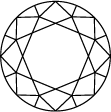
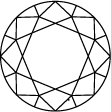
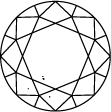
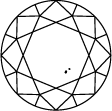
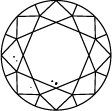
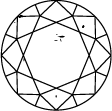


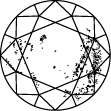
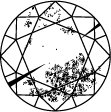
Reinheitsskala für Diamanten
Title:Reinheitsskala für Diamanten und Reinheitsgrade
Subtitle:Schliffprinzipien und -faktoren
Title: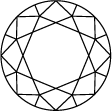
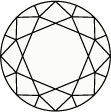
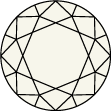

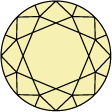
Farbskala für Diamanten
Die Farbe eines Diamanten wird auf einer Skala von D bis Z bewertet, wobei D für Clear Ice White (hochfeines Weiß) steht, ohne Gelbstich und Z für Gelb- und Brauntöne (getöntes Weiß). Die einzelnen Buchstaben der Skala bezeichnen Farbtöne, wobei D bis F farblos sind, bis hin zu S und Z, die für hellgelbe oder braune Farbtöne stehen. Für seine Kollektionen akzeptiert Swarovski nur die feinsten im Labor gezüchteten Diamanten, das heißt, sie befinden sich in der Palette von Farblos bis Fast farblos (D–G).
Farbprinzipien und Faktoren
Title:














Karatgewicht eines Diamanten
Title:Karatskala für im Labor gezüchtete Diamanten
Subtitle:Alles über Swarovski Created Diamonds
Title:Im Labor gezüchtete Diamanten
Subtitle:Leitfaden für im Labor gezüchtete Diamanten
Title:Finden Sie das perfekte Schmuckstück
Subtitle:Was sind im Labor gezüchtete Diamanten?
Title:Alles über im Labor gezüchtete Diamanten
Subtitle:Häufig gestellte Fragen
FAQ zum 4C-Qualitätssystem
Was sind die 4C?
Ist die Reinheit eines Diamanten wichtig?
Was ist der höchste Reinheitsgrad für Diamanten?
Zur Bewertung der Reinheit wird ein Diamant bei 10-facher Vergrößerung betrachtet. Die Anzahl und Natur von externen (Mängel) und internen Eigenschaften (Einschlüsse) sowie Größe und Position legen den Grad fest.
Gemmologen halten sich dabei an eine internationale Skala, angefangen bei Internally Flawless (I.F., makellos) als die höchste Qualitätsstufe, bis hin zu Included (I 3), das heißt mit Einschlüssen.
Sind im Labor gezüchtete Diamanten makellos?
Beschlagen im Labor gezüchtete Diamanten?
Wie werden gezüchtete Diamanten zertifiziert und eingestuft?
What are diamond facets?
How is diamond cut quality determined?
What is the best diamond cut?
How is a diamond’s color determined?
The closer the diamond is to being colorless, the higher its quality.






